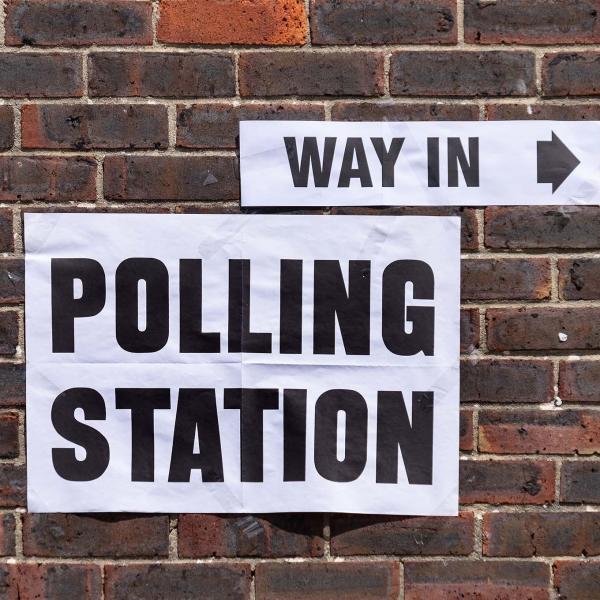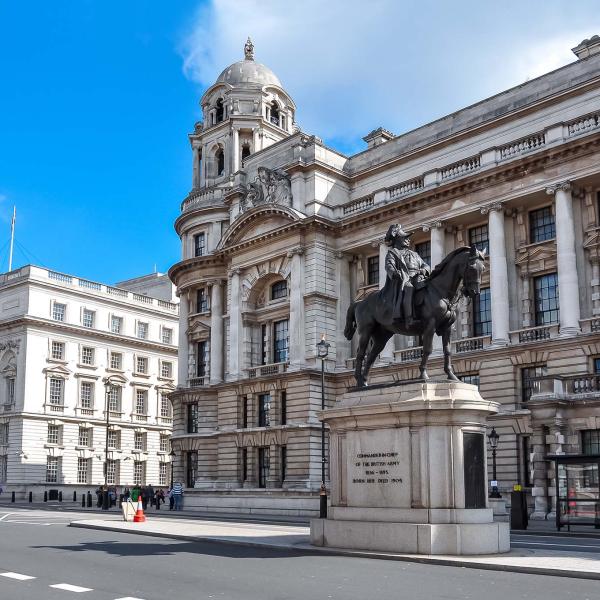Now interest rates are rising, the interaction of quantitative easing (QE) with the Bank of England’s current methods for implementing monetary policy will add to strains on the public finances.
The crux is that QE creates money that goes onto banks’ balances (reserves) at the Bank of England, and those reserves are being fully remunerated at the central bank’s policy rate (known as Bank Rate). Given the outstanding stock of QE (£838 billion), that has effectively shifted a large fraction of UK government debt from fixed-rate borrowing (where debt-servicing costs are ‘locked in’) to floating-rate borrowing (where debt-servicing costs rise and fall with Bank Rate).
Increases in Bank Rate therefore lead immediately to higher debt-servicing costs for the government, leaving the British state with a large risk exposure to rising interest rates, and adding to the already substantial pressures on the public finances. The sums involved are not trivial, potentially running into tens of billions of additional spending on debt interest each year.
Writing for the IFS Green Budget, Paul Tucker examines the nature of the problem, how it has arisen, and the pros and cons of various possible solutions. He argues the current set-up is not technically necessary to operate monetary policy effectively, and so the current predicament could – and arguably should – have been avoided. But as of now, there are no easy options or win–win reforms, with macroeconomic and microeconomic considerations pulling in different directions. The government and the Bank would need to balance several weighty, conflicting things before embarking upon any change.
Paul Tucker, research fellow at the Harvard Kennedy School and former Deputy Governor of the Bank of England, said:
"The current predicament was not unavoidable. There need not have been so much QE, and in any case the Bank could operate monetary policy with a system of tiered remuneration for banks’ reserves balances. Given what markets think will happen to interest rates, doing so could save the public purse between £30 and £45 billion in each of the next two financial years. That might look like an obvious, easy-win reform. But it would need balancing against possible adverse effects on economic efficiency, credit conditions, conceivably the resilience of the banking system, and the credibility of the Bank’s operating regime. These are weighty matters, and the aim here is to give them an airing so that they can be fully analysed by the authorities and debated publicly."








